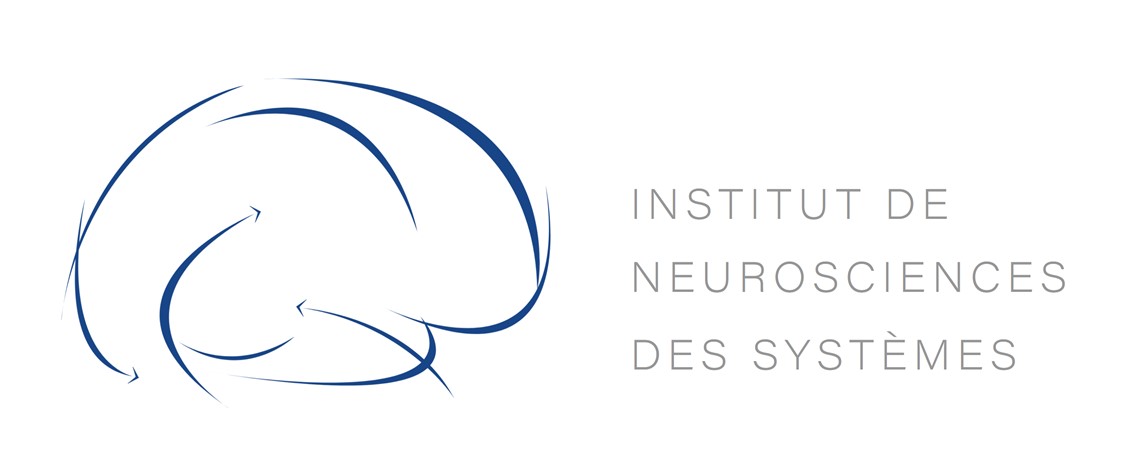The potential of neural avalanches to design innovative sensorimotor-based brain-computer interface
Résumé
Brain-Computer Interface (BCI) research is a growing field not yet fully explored. The current features that are used in this context rely on local measurements disregarding the interconnected nature of brain functioning. To overcome these limitations, we proposed a powerful and original marker that captures the dynamic nature of the brain functioning: the neuronal avalanches, propagating cascades of bursts of activity among multiple brain regions. To assess their potential as BCI candidates, we tested neuronal avalanches using electroencephalography (EEG) signals during resting state and a motor imagery task within a BCI protocol, both on source-reconstructed data and in sensor-space for clinical and online setups.
Neuronal avalanche analysis entails identifying significant signal excursions beyond a threshold and clustering them based on temporal proximity. This process defines neuronal avalanches as periods of collective spatio-temporal organization, providing insights into rich functional connectivity dynamics. To track the probability that an avalanche would spread across any two channels/region we built an avalanche transition matrix (ATM) and we consider the brain as a network where nodes represent single channel/region and edges, linking two of them, their probability to be subsequently recruited by an avalanche.
Within the decoding framework relying on Support Vector Machine (SVM) classifiers, we compared classification performance resulting from the use of ATM (ATM+SVM) to the gold-standard approach, Common Spatial Patterns (CSP+SVM). In sensor-space, even if the averaged classification performance seemed comparable, CSP+SVM resulted in 6 subjects with performance below the chance level (58% here) compared to 1 subject with ATM+SVM. Besides, we observed a greater inter-subject variability in the case of CSP+SVM (standard deviation 15.55%) than with ATM+SVM (9.14%). Moreover, in source-space, ATM+SVM yielded significantly higher classification accuracy than CSP+SVM for 12 subjects, while the opposite was true for 3 subjects. These results show the potentially of ATM+SVM pipeline to be used in real-time experiments. Then, we investigated the interpretability of these findings by comparing the selected features for the decoding process and the set of edges where a significant condition effect was observed in most of the subjects, referred as “reliable” edges. We observed an increased correspondence between “reliable’’ edges and the selected features induced an improved classification performance. Consistent patterns were observed over electrodes in motor areas (C5, CP3, and CP5) connected to parietal (P1, P3, and P8) and occipital (O2, O10, and PO9) areas, suggesting the involvement of multiple cognitive processes during a motor imagery task.
Our results propose integrating periodic and aperiodic features as a possible way to enhance task classification and neuronal avalanches as potential complementary/alternative features in BCI design.
| Origine | Fichiers produits par l'(les) auteur(s) |
|---|
